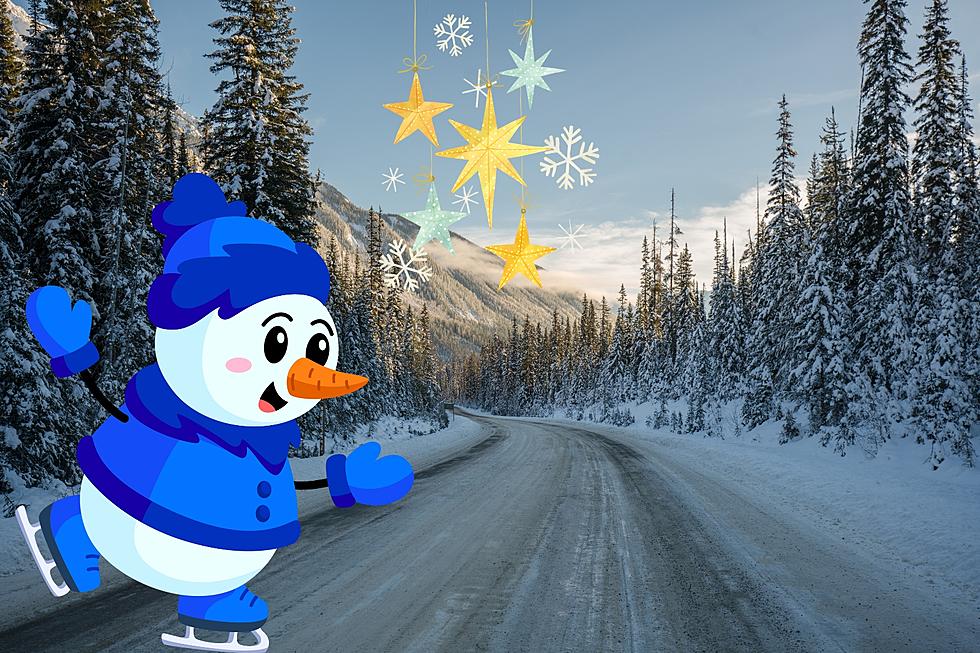
Awesome! Santa is Delivering Your White Christmas in the Cascades
Looks like your best bet for a white Christmas is in the Cascade Mountains this year.

If you're traveling this weekend over eastern Washington and eastern Oregon, you need to be prepared for winter driving conditions on Friday.
Traveling conditions should improve on Saturday and Sunday. And by Monday, the chance for mountain snow and low elevation rain/snow increases later on Christmas day. There's a 60% chance of snow along the Cascades on Christmas evening.
On Saturday morning, there is a 40% chance of snow over the northern Blue Mountains and Wallowa County. Be prepared for hazardous driving conditions. Of course we have to ask, which towns in Washington will see a white Christmas this year?
Motorists should be prepared for mountain snow. Some tips from WSDOT:
Check pass conditions online before heading out.
Make sure to drive for conditions. Take it slow, allow extra space between vehicles, allow more time and space to stop.
Don't use cruise control.
Slow down when approaching intersections, offramps, and bridges.
If you get behind a snowplow, slow down and give the plow extra room.
What should you carry in your vehicle for winter travel?
Full tank of gas
First-Aid kit
cellphone charger
Snacks and water
boots, gloves, extra clothes
jumper cables
tire chains
ice-scraper and snow brush
flashlight
Need a tutorial on how to chain up? Watch a video from WSDOT.
Know road conditions before you go. In Washington, please be sure to check out WSDOT. In Oregon check out TripCheck.com.
30 Amazing Photos Of Washington State Passes Snowed In
Gallery Credit: Rik Mikals
KEEP READING: Get answers to 51 of the most frequently asked weather questions...
TIPS: Here's how you can prepare for power outages
LOOK: The most expensive weather and climate disasters in recent decades
Gallery Credit: KATELYN LEBOFF
